The China Anti-Counterfeit Packaging Market is witnessing significant growth driven by the increasing need for brand protection and consumer safety. Counterfeiting has become a critical issue for various industries, including pharmaceuticals, electronics, and consumer goods, prompting companies to seek innovative packaging solutions. The competitive landscape is characterized by a mix of established players and emerging firms that leverage advanced technologies such as RFID, holograms, and other security features.
This competition is further intensified by the stringent regulations and rising consumer awareness regarding counterfeit products, leading firms to invest heavily in research and development, thereby enhancing their market strategies and offerings.Toppan Printing has positioned itself as a formidable player in the China Anti-Counterfeit Packaging Market, capitalizing on its technological expertise and extensive experience in the field. The company’s strengths lie in its robust portfolio of advanced printing technologies and security features that cater to the unique demands of the Chinese market.
Toppan Printing's commitment to quality and innovation ensures that its anti-counterfeit solutions provide effective protection against unauthorized reproductions, making it an attractive partner for businesses looking to enhance their brand integrity in China. Furthermore, Toppan’s strategic collaborations with local players, combined with its comprehensive service offerings, have solidified its market presence, allowing it to maintain a competitive edge.Appvion also holds a significant position within the China Anti-Counterfeit Packaging Market by offering specialized products and services that address the growing concerns of counterfeiting.
The company is known for its high-quality secure paper products that incorporate advanced security features tailored to specific industries. Appvion’s strengths lie in its focus on sustainability and innovation, appealing to environmentally conscious consumers and businesses in China. The company has actively pursued strategic partnerships and acquisitions to expand its footprint in the region, enabling it to enhance its technological capabilities and broaden its market penetration. With a clear dedication to developing custom packaging solutions suited for local businesses, Appvion stands out for its ability to adapt to the unique regulatory and consumer dynamics in the Chinese landscape.


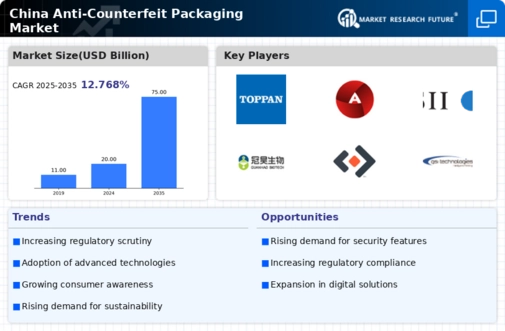
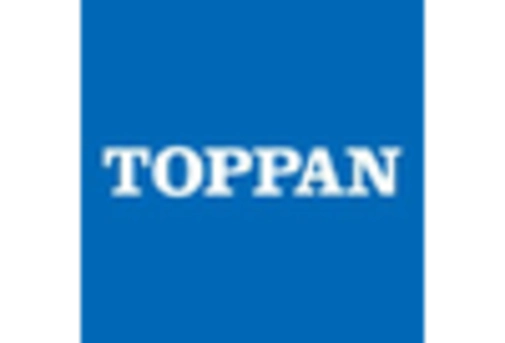
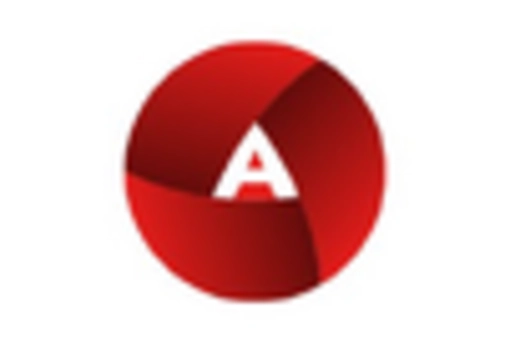
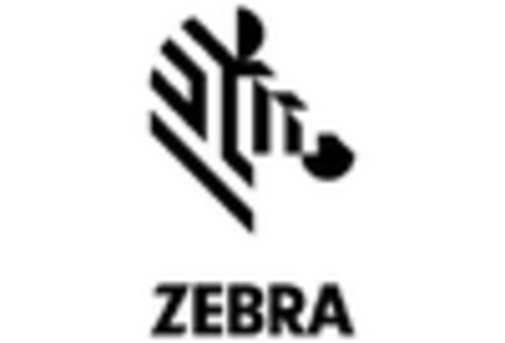
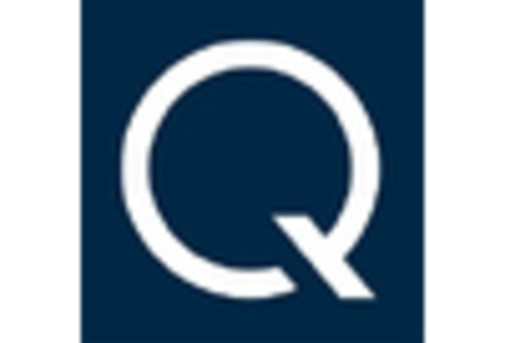
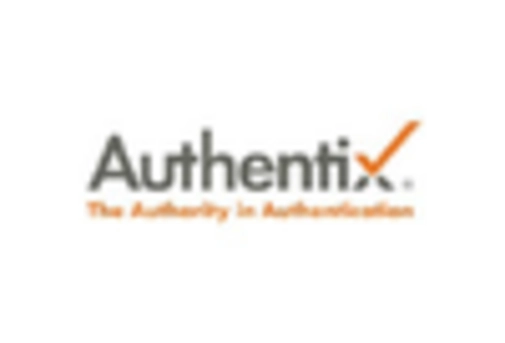













Leave a Comment